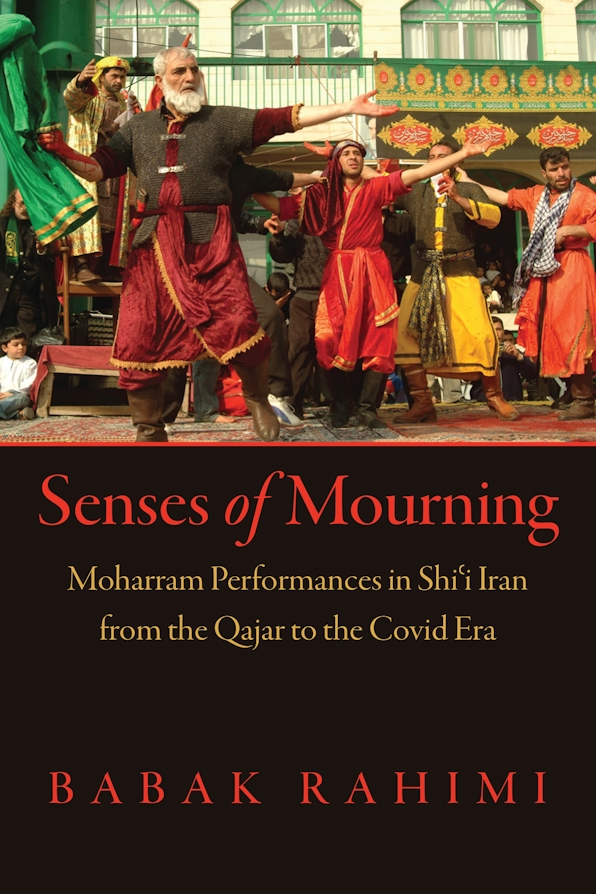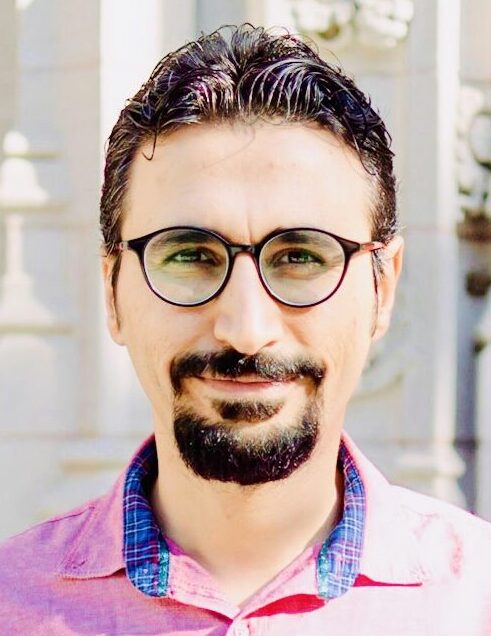Senses of Mourning:
Moharram Performances in Shiʿi Iran from the Qajar to the Covid Era
November 10, 2025, 13:15, Leiden University (The Huizinga Building, Room 0.26)
A collaboration between the SENSIS project and Leiden University.
A multisensory approach to the study of Shiʿi Iran that examines how devotional Moharram performances changed over time
The mourning traditions of Moharram comprise a body of Shiʿi Muslim devotional performances commemorating the martyrdom of Hosayn ibn ʿAli, the grandson of the Prophet Muhammad and the Third Imam of the Shiʿi, in 680 CE. These traditional rites are performed during a period of communal mourning when Shiʿis remember Hosayn’s sacrifice and affirm their allegiance to him and to the Prophet’s family. Through remembering the martyrs of Karbala, Shiʿi Muslims reflect on their own afflictions and aspirations, and how these bear consequences for everyday ethical and devotional conduct.
Babak Rahimi analyzes Moharram in Iran through the five senses—sight, sound, touch, smell, and taste—with an emphasis on the relationship between religious practices as embodied experiences and how these performances—and practitioners’ experiences of them—have changed over time. Rahimi begins his investigation in the nineteenth-century Qajar period, when Moharram became a pervasive urban communal practice across most of Iran. He covers the Qajar-era dramatic performances of taʿziyeh, their transformation into cultural spectacles during the Pahlavi era, the public processions in the form of urban street protests in 1978, the tent-burning rituals in the southern city of Bushehr in 2006, and, lastly, the votive performances during Moharram in the digital sphere during the pandemic in 2020.
Through the study of mourning in terms of the senses in a specific historical and social context, Senses of Mourning not only shows the changing embodied dimensions of religious practices that have played an integral role in the complex lifeworld of Shiʿi Iranians but also details the transformation of Moharram within the broader history of Shiʿi Iran in an increasingly interconnected global era. The book’s multisensory approach sheds new light on the performativity of embodied practices, in which spiritualities, materialities, and the politics of the sacred are articulated through lived performances over time.
About the speaker: Babak Rahimi is Associate Professor of Communication, Culture, and Religion and the Director of the Program for the Study of Religion at the University of California, San Diego.




Hi, in order to participate, do we need to register?
Hello, thank you for your interest in the event.
No registration is required